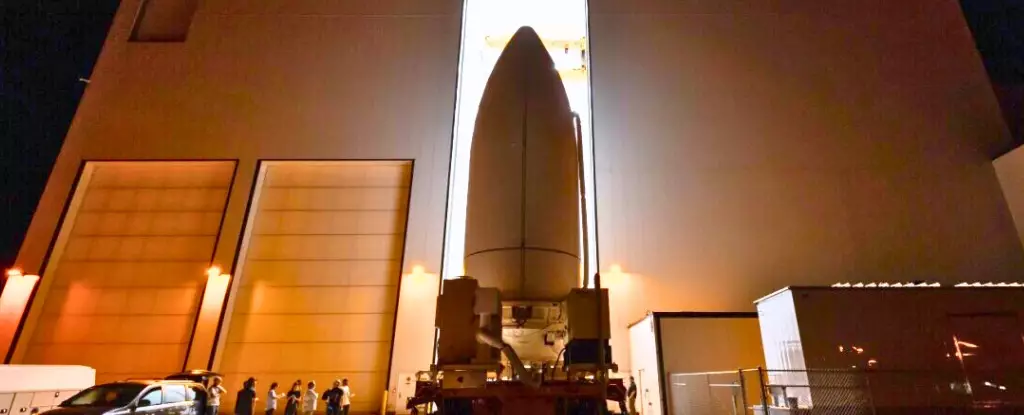Amazon is on the brink of a revolutionary shift in the satellite internet landscape as it prepares to deploy its first full batch of Project Kuiper satellites. Slated for launch on April 9, 2024, at 12:00 PM EDT from Cape Canaveral, Florida, this mission—dubbed Kuiper Atlas 1—promises to herald a new era in global connectivity. Utilizing the robust Atlas V rocket, provided by the United Launch Alliance, this ambitious project underscores Amazon’s commitment to providing reliable and high-speed internet access to every corner of the globe, especially the most isolated and underserved communities.
The Kuiper Initiative: A Direct Challenge to Starlink
With Project Kuiper, Amazon seeks not just to enter the satellite internet domain but to compete directly with the established titan, SpaceX’s Starlink. Musk’s initiative has set a high bar since its inception, launching over 6,750 satellites since 2019. The importance of this launch cannot be overstated; it represents Amazon’s intent to carve out its share in a market that is rapidly becoming crowded with competitors. The first phase of Kuiper includes deploying 27 satellites, a significant escalation from the two prototypes tested successfully in the latter half of 2023. This leap not only showcases Amazon’s technological prowess but also serves as a clear signal that it intends to rival the best in the business.
Enhancing Connectivity for All
One of Project Kuiper’s core missions is to extend internet services to remote regions, disaster-stricken areas, and conflict zones—regions often abandoned by traditional internet services. By focusing on “high-speed, low-latency internet to virtually any location on the planet,” Amazon aspires to bridge the digital divide that has persisted for decades. This mission aligns well with global efforts to enhance connectivity worldwide, as the internet has become a lifeline for education, business, and health services, especially amid the ongoing challenges posed by the pandemic and geopolitical barriers.
Expansive Vision: More Than Just a Launch
Once fully operational, Project Kuiper’s constellation will encompass over 3,200 advanced low Earth orbit satellites. This ambitious undertaking not only aims to provide internet access but also emphasizes innovation in satellite technology and service delivery. Moreover, Amazon’s foray into this competitive arena echoes broader trends where major global players, such as China with its GuoWang constellation and the European Union’s Iris project, are racing to enhance their satellite capabilities.
The Implications of a Thriving Satellite Internet Market
The culmination of global efforts in satellite technology points to a profound shift in how internet services will be consumed. As nations invest heavily—China planning 13,000 satellites, Canada aiming for an additional 300, and German start-up Rivada targeting 600—the stage is set for an explosive evolution in digital communication. The implications of a thriving satellite internet market can be far-reaching, impacting education, business, and emergency response systems worldwide.
By entering this field, Amazon not only solidifies its position as a tech leader but also potentially reshapes the landscape of accessible technology on a global scale. As the launch of Project Kuiper approaches, the excitement and implications for the future of internet access and connectivity are palpable, making it a critical moment for both Amazon and the world.


Leave a Reply